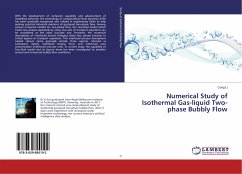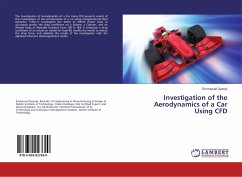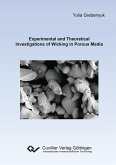Two-phase flow with a free surface, non-isothermal boundary conditions and heat and mass transfer over the free surface must be understood for a save operation of cryogenic upper stages with restart capability. This work is a foundational research carried out with numerical and experimental means. A mathematical and numerical model were developed that allow to describe such systems under varying gravity levels. The reorientation of cryogenic parahydrogen upon a sudden gravity step reduction was investigated experimentally using the drop tower at ZARM, University of Bremen. Influencing the motion and final shape of the free surface could be realized with a precisely defined wall temperature gradient. Heat and mass transfer over the free surface in a microgravity environment could be investigated numerically based on the experimental results of the SOURCE-II sounding rocket experiment. A transient simulation was carried out to study the coupled system between superheated container wall, subcooled liquid, free surface configuration and three-phase contact angle.
Hinweis: Dieser Artikel kann nur an eine deutsche Lieferadresse ausgeliefert werden.
Hinweis: Dieser Artikel kann nur an eine deutsche Lieferadresse ausgeliefert werden.








